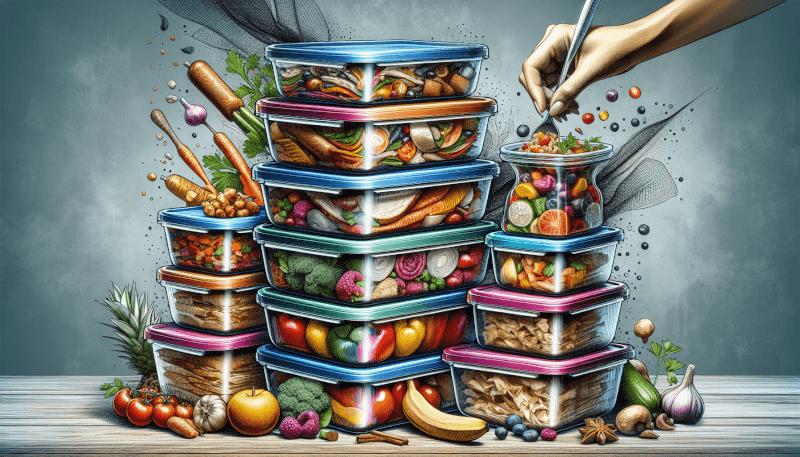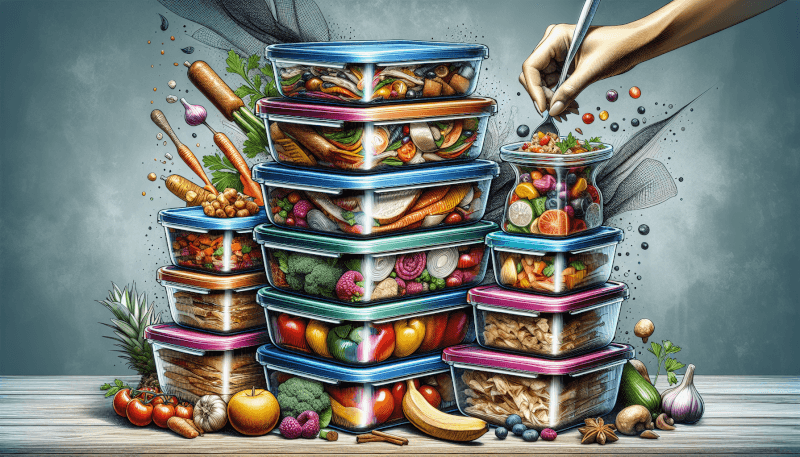Have you ever found yourself with leftover food after a meal, unsure of how to properly store it for later consumption? In this article, we will explore effective methods and practical tips on how to store cooked food to maintain its quality and taste. Whether you have a delicious homemade meal or leftovers from takeout, these easy-to-follow guidelines will ensure that your food stays fresh, safe, and enjoyable for days to come. So, let’s dive in and discover the secrets of successful food storage!
Choosing the Right Containers
When it comes to storing cooked food, choosing the right containers is crucial to maintaining its freshness and preventing spoilage. The first thing to consider is using airtight containers. Airtight containers create a barrier between the food and the outside air, preventing any excess moisture or odors from seeping in. This helps to extend the shelf life of the food and preserve its flavor.
Another factor to consider is the material of the containers. While plastic containers are commonly used for food storage, it is worth considering using glass containers instead. Glass is non-reactive, meaning it won’t absorb any odors or flavors from the food. It also doesn’t contain any harmful chemicals like BPA, which can leach into the food from plastic containers. Glass containers can be easily cleaned and are dishwasher safe, making them a convenient and safe option for storing cooked food.
Lastly, make sure to use containers with secure lids. A secure lid ensures that the container is tightly sealed, preventing any air or moisture from entering. This is particularly important for preventing bacterial growth and maintaining the quality of the food. Look for containers with snap-on lids or those with locking mechanisms to ensure a tight seal.
Cooling Cooked Food Properly
Properly cooling cooked food before storing is essential to prevent bacterial growth and ensure food safety. The first step is to allow the food to cool before transferring it to the storage containers. Placing hot food directly into containers can raise the temperature inside, creating the perfect environment for bacteria to thrive. Instead, let the food cool on the countertop for a while to bring the temperature down.
When dealing with large batches of cooked food, it is advisable to divide them into smaller portions before cooling. This allows the food to cool more quickly and evenly. Cooling large quantities of food at once can take longer, increasing the risk of bacterial growth. By dividing the food into smaller portions, you can ensure that it cools down within the safe temperature range in a shorter period.
For faster cooling, it is recommended to transfer the food to shallow containers. Shallow containers allow for better airflow and surface area, which facilitates faster cooling. A deep container may take longer to cool the food in the center, providing ample time for bacteria to multiply. By using shallow containers, you can speed up the cooling process and ensure the food stays safe to consume.

Labeling and Dating
Labeling and dating your stored food is essential for organization, easy identification, and ensuring food freshness. When labeling containers, always include the contents and the date of storage. This will prevent confusion and help you keep track of the stored food. It is also helpful in avoiding any wastage, as you can easily identify the items that need to be consumed first.
There are different methods you can use for labeling containers. Removable labels are a convenient option as they can be easily applied and removed without leaving any residue. This is especially useful when reusing containers for different food items. Alternatively, you can directly write on the containers using a marker. Just make sure to use a marker that is safe for food contact and won’t smear or fade over time.
To ensure that older food is consumed first and doesn’t get forgotten, it is beneficial to rotate the containers. This means placing the older containers towards the front or at eye level in the refrigerator or pantry. By following this simple practice, you can easily spot the older food items and prioritize their consumption, reducing the chances of any food going bad.
Refrigerating Cooked Food
Refrigerating cooked food promptly is crucial for preventing the growth of harmful bacteria and keeping the food safe to eat. It is recommended to refrigerate cooked food within 2 hours of cooking or after it has cooled down to room temperature, whichever comes first. This is because bacteria can rapidly multiply in the temperature danger zone, which is between 40°F (4°C) and 140°F (60°C).
When storing cooked food in the refrigerator, ensure that the temperature is set at or below 40°F (4°C). Keeping the temperature lower helps to inhibit the growth of bacteria and extends the shelf life of the food. Use a refrigerator thermometer to regularly monitor the temperature and make any necessary adjustments.
When placing cooked food in the refrigerator, it is advisable to keep them on the shelves instead of the door. The temperature on the door fluctuates more due to frequent opening and closing, while the shelves have a more stable temperature. Additionally, storing food on the shelves allows for better airflow and circulation, which helps to maintain the overall quality of the food.
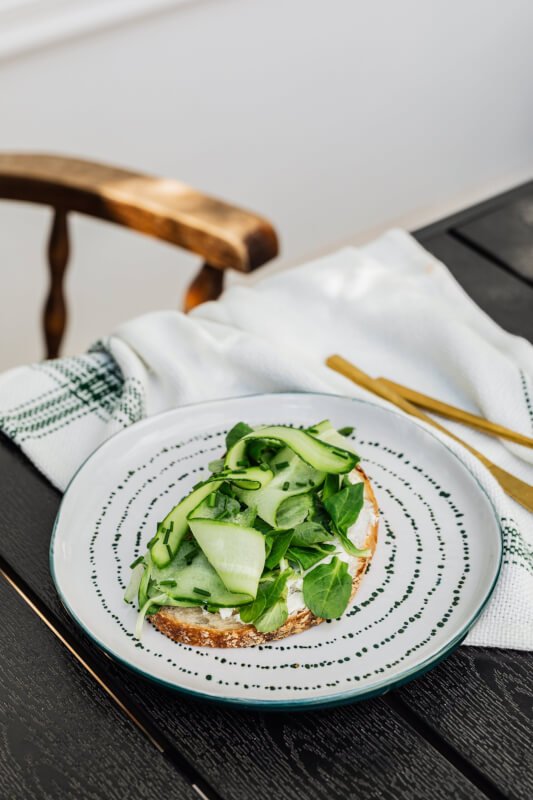
Freezing Cooked Food
Freezing cooked food is an excellent way to prolong its shelf life and preserve its taste and texture. However, proper packaging is key to prevent freezer burn and maintain the quality of the food. When freezing cooked food, it is important to wrap it tightly in freezer-safe packaging. This can include heavy-duty aluminum foil, freezer-safe plastic wrap, or resealable freezer bags.
To prevent freezer burn, which is the drying out and discoloration of frozen food, remove excess air from the packaging. Trapped air in the packaging can lead to moisture loss, resulting in the deterioration of the food’s quality. Press out as much air as possible when wrapping or using freezer bags, and make sure the packaging is tightly sealed to keep the food fresh.
Labeling the packages with the contents and date is crucial for easy identification and rotation. It can be frustrating to dig through a freezer full of unlabeled packages, trying to figure out what is inside. By clearly labeling each package, you can quickly identify the desired food item and ensure that older items are used first, maintaining a good rotation system.
Safe Storage Periods
While storing cooked food allows you to enjoy leftovers and plan meals in advance, it is essential to be mindful of safe storage periods to prevent foodborne illnesses. Generally, most cooked food can be safely refrigerated for 3-4 days. This includes dishes like soups, stews, and casseroles. Beyond this period, the quality and safety of the food may start to deteriorate.
For longer storage, the freezer is your best friend. Leftovers can be kept in the freezer for up to 3 months without significant loss in quality. However, it is important to note that the longer food is stored in the freezer, the more its texture and flavor may be affected. Therefore, it is best to consume frozen leftovers within the recommended timeframe for the best eating experience.
Before consuming any stored food, always check for signs of spoilage. This includes a sour or off smell, unusual colors or textures, or the presence of molds. If you notice any of these signs, it is best to discard the food to avoid any risk of foodborne illness. Trust your senses and remember: when in doubt, throw it out.
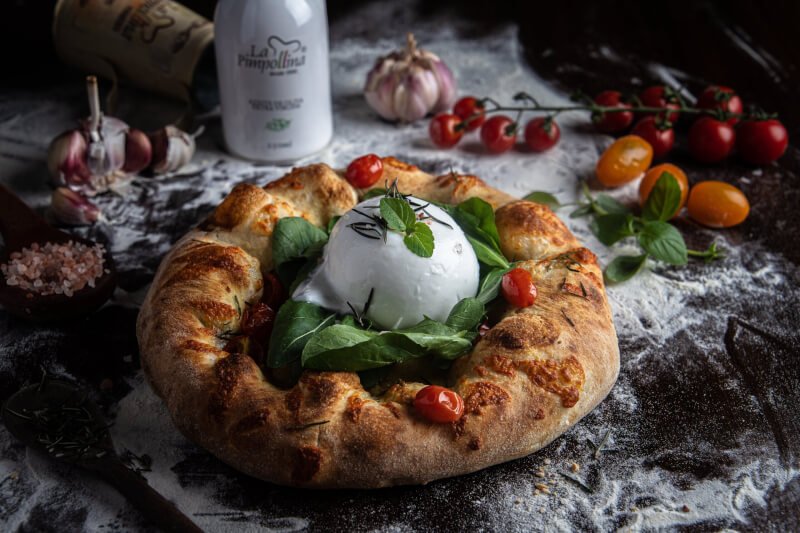
Thawing and Reheating
Before enjoying frozen cooked food, proper thawing and reheating are essential to ensure its safety and flavor. The best and safest method to thaw frozen food is in the refrigerator. This allows for a slow and controlled thawing process, preventing any bacterial growth. Remember to place the food on a plate or in a container to catch any liquids that may drip during thawing.
If you need to thaw food quickly, you can also use the microwave. Use the defrost setting or low power setting to thaw the food gradually. However, avoid partially cooking the food during the microwave thawing process, as this can create hot spots and uneven cooking.
When reheating cooked food, it is important to ensure that it reaches a safe internal temperature. It is recommended to reheat food to a temperature of 165°F (74°C) to kill any bacteria that may have developed during storage. This can be measured using a food thermometer to ensure accuracy.
It is advisable to avoid reheating food multiple times. Each time you reheat and cool the food, you risk creating a favorable environment for bacterial growth. Instead, only heat the amount of food you intend to consume and store any leftovers promptly to avoid unnecessary reheating.
Storing Different Types of Cooked Food
Different types of cooked food have varying storage requirements based on their properties and potential for spoilage. Here are some tips for storing common types of cooked food:
Storing cooked meats:
- Remove the bones before storing to maximize space in the container.
- Store different types of meat separately to maintain their individual flavors.
- If storing sliced or shredded meat, consider adding a small amount of broth or sauce to prevent drying out.
Storing cooked vegetables:
- Cool cooked vegetables before storing to avoid condensation and preserve texture.
- Store leafy greens separately from other vegetables to prevent wilting.
- If storing sautéed or stir-fried vegetables, use shallow containers to prevent overcooking during reheating.
Storing cooked grains and pasta:
- Allow cooked grains and pasta to cool completely before storing to avoid clumping.
- Separate grains or pasta from any sauces or dressings, as they can become soggy over time.
- Consider packaging single servings of grains or pasta for added convenience when reheating.
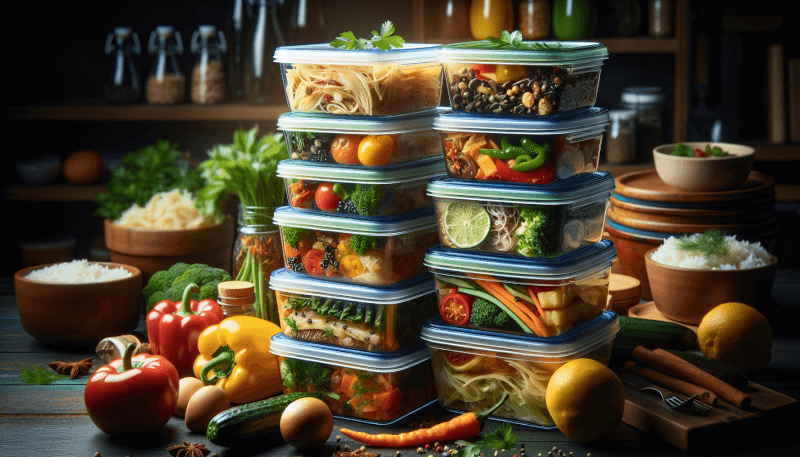
Tips for Proper Storage
Aside from the specific guidelines for storing cooked food, here are some general tips to ensure proper storage practices:
- Keep your refrigerator clean and regularly check for any expired or spoiled food. This helps to maintain a bacteria-free environment and eliminates the risk of cross-contamination.
- Make sure to set your refrigerator at the proper temperature. The ideal temperature range for a refrigerator is between 35°F (2°C) and 38°F (4°C) to keep food fresh and safe.
- Avoid overloading the refrigerator or freezer, as this can hinder proper airflow and result in uneven cooling. Leave enough space between food items for the cold air to circulate effectively.
- If storing acidic foods like tomatoes or citrus fruits, wrap them or store them in airtight containers to prevent reactions with the container material. This can help preserve the food’s quality and prevent any off flavors.
Safety Precautions
When it comes to storing cooked food, safety should always be the top priority. Here are some important safety precautions to follow:
- Discard any cooked food that has been left out at room temperature for more than 2 hours. Bacteria multiply rapidly in the temperature danger zone, and consuming such food can lead to food poisoning.
- Avoid storing cooked food near raw meats or seafood to prevent cross-contamination. Raw meats and seafood can contain harmful bacteria, and if they come into contact with cooked food, it can lead to foodborne illnesses.
- Always follow the recommended storage guidelines for different types of cooked food. These guidelines are designed to ensure food safety and maintain the best quality. When in doubt, consult reliable sources such as food safety organizations or government agencies for specific recommendations.
By following these storage guidelines and safety precautions, you can confidently store cooked food for later consumption, minimize food waste, and ensure that the food you eat is safe and delicious. Happy storing!
